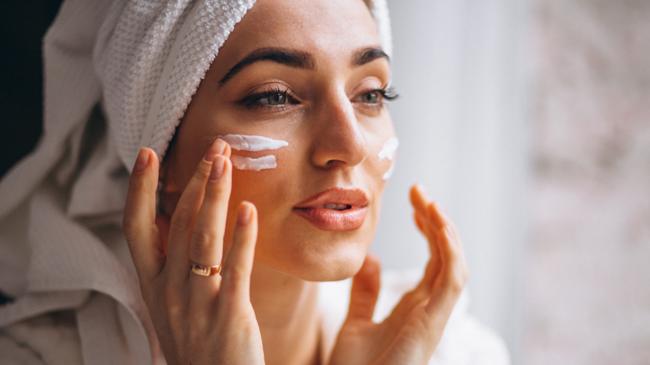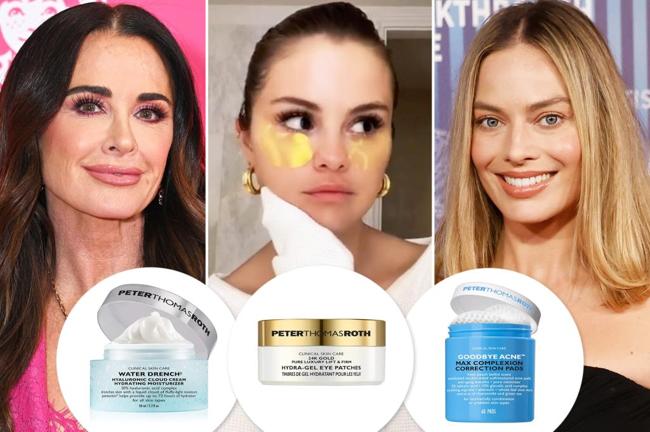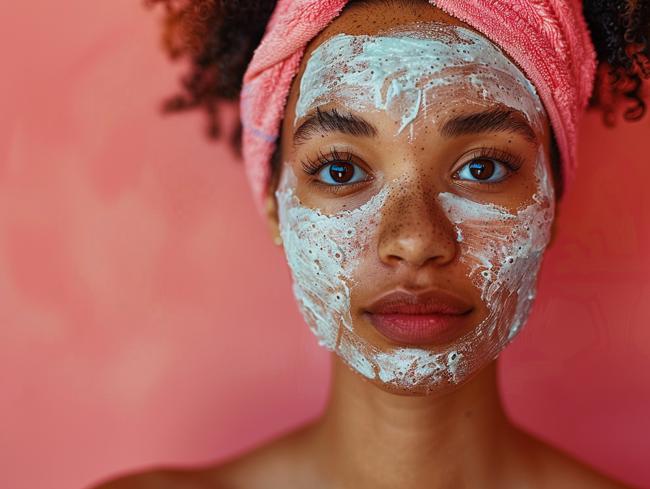Summary
Here are a few dermat-recommended tips to follow to maintain healthy skin in the summer season:
Source: Hindustan Times

AI News Q&A (Free Content)
Q1: How do heat waves contribute to faster skin aging, and what scientific evidence supports this link?
A1: Heat waves can accelerate skin aging primarily through prolonged exposure to ultraviolet (UV) rays and increased ambient temperatures. UV rays induce the formation of free radicals in the skin, leading to oxidative stress, DNA damage, and the breakdown of collagen and elastin fibers, all of which are key markers of premature skin aging. Recent dermatological research also indicates that sustained high temperatures increase skin inflammation and trigger the release of enzymes called matrix metalloproteinases that further degrade skin structure. Studies have shown a direct correlation between environmental heat exposure and increased signs of photoaging, such as wrinkles, pigmentation, and loss of skin elasticity.
Q2: What skincare strategies do dermatologists recommend to protect the skin during heat waves?
A2: Dermatologists advise several protective strategies: 1) Apply broad-spectrum sunscreen with an SPF of 30 or higher, even on cloudy days; 2) Wear protective clothing like wide-brimmed hats, sunglasses, and long sleeves; 3) Avoid peak sun hours (10 a.m. to 4 p.m.); 4) Use gentle cleansers and non-comedogenic moisturizers to maintain skin barrier function; and 5) Stay well-hydrated to support skin health. These measures help minimize UV-induced damage, reduce dehydration, and maintain skin resilience during hot weather.
Q3: What are the potential risks of using skincare products with synthetic ingredients during periods of intense heat?
A3: Scientific literature indicates that some synthetic ingredients, such as parabens, phthalates, and synthetic fragrances, can increase skin sensitivity, especially under high temperatures. Exposure to heat can enhance the skin’s absorption of these chemicals, potentially leading to irritation, allergic reactions, or disruption of the skin’s natural barrier. There is also evidence that certain synthetic preservatives may break down into more irritating or toxic compounds when exposed to sunlight and heat, underscoring the importance of choosing products with proven safety profiles and minimal irritants.
Q4: How effective are natural skincare products compared to synthetic ones in protecting against heat-induced skin aging?
A4: Natural skincare products, particularly those containing antioxidants like vitamins C and E, green tea extract, or niacinamide, have demonstrated efficacy in neutralizing free radicals and reducing inflammation caused by heat and UV exposure. While synthetic products can also offer protection, research suggests that natural ingredients tend to have superior biocompatibility and lower risk of adverse reactions. However, efficacy depends on product formulation and stability, so not all natural products are equally protective. Dermatologists recommend evidence-backed products, regardless of origin, with a preference for those minimizing synthetic irritants.
Q5: What recent advancements have been made in detecting and classifying heat-related skin diseases?
A5: A 2025 scholarly study introduced a deep learning method using a modified VGG16 Convolutional Neural Network for early detection and classification of skin diseases, such as actinic keratosis and psoriasis, which can be triggered or worsened by sun and heat exposure. This method achieved over 90% accuracy and demonstrates significant potential for real-time, accessible diagnostics, especially in regions experiencing frequent heat waves. Early detection allows for timely interventions to prevent disease progression and related skin damage.
Q6: How does the cosmetic use of botulinum toxin type A (commonly known as Botox) influence skin temperature and potentially skin health during heat waves?
A6: A 2025 study found that the cosmetic use of botulinum toxin type A alters skin temperature as measured by infrared thermography, with effects lasting several days. These temperature changes could impact local blood flow and the skin’s thermoregulatory response, which may be particularly relevant during heat waves. While no direct adverse effects on skin health were reported, the findings suggest that patients receiving cosmetic injections should exercise caution when exposed to extreme heat and monitor for any unusual skin reactions.
Q7: Why is it important to use a diverse set of annotators in research on skin tone and environmental effects on skin health?
A7: Recent research highlights that skin tone annotation is influenced by both technical and social factors, including lighting conditions and annotator background. A diverse set of annotators ensures greater accuracy and fairness in studies involving skin tone, which is essential when evaluating the impact of heat and UV exposure across populations. This approach minimizes regional bias and improves the reliability of data used in developing protective skincare recommendations for all skin types.
References:
- Skin Disease Detection and Classification of Actinic Keratosis and Psoriasis Utilizing Deep Transfer Learning.
- Influence of the cosmetic use of botulinum toxin type a on temperature measurements using infrared thermography.
- Consensus and Subjectivity of Skin Tone Annotation for ML Fairness.
- Heat wave effects on skin aging and dermatological advice. https://www.healthline.com/health/skin/heat-damage-skin
- Synthetic vs. natural skincare safety: A review. https://www.ncbi.nlm.nih.gov/pmc/articles/PMC6113085/




